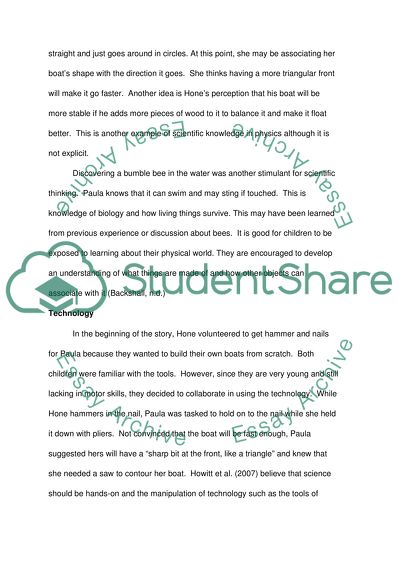Cite this document
(“Describe a balanced, integrated learning experience that would extend Essay”, n.d.)
Retrieved from https://studentshare.org/environmental-studies/1415286-describe-a-balanced-integrated-learning-experience
Retrieved from https://studentshare.org/environmental-studies/1415286-describe-a-balanced-integrated-learning-experience
(Describe a Balanced, Integrated Learning Experience That Would Extend Essay)
https://studentshare.org/environmental-studies/1415286-describe-a-balanced-integrated-learning-experience.
https://studentshare.org/environmental-studies/1415286-describe-a-balanced-integrated-learning-experience.
“Describe a Balanced, Integrated Learning Experience That Would Extend Essay”, n.d. https://studentshare.org/environmental-studies/1415286-describe-a-balanced-integrated-learning-experience.


